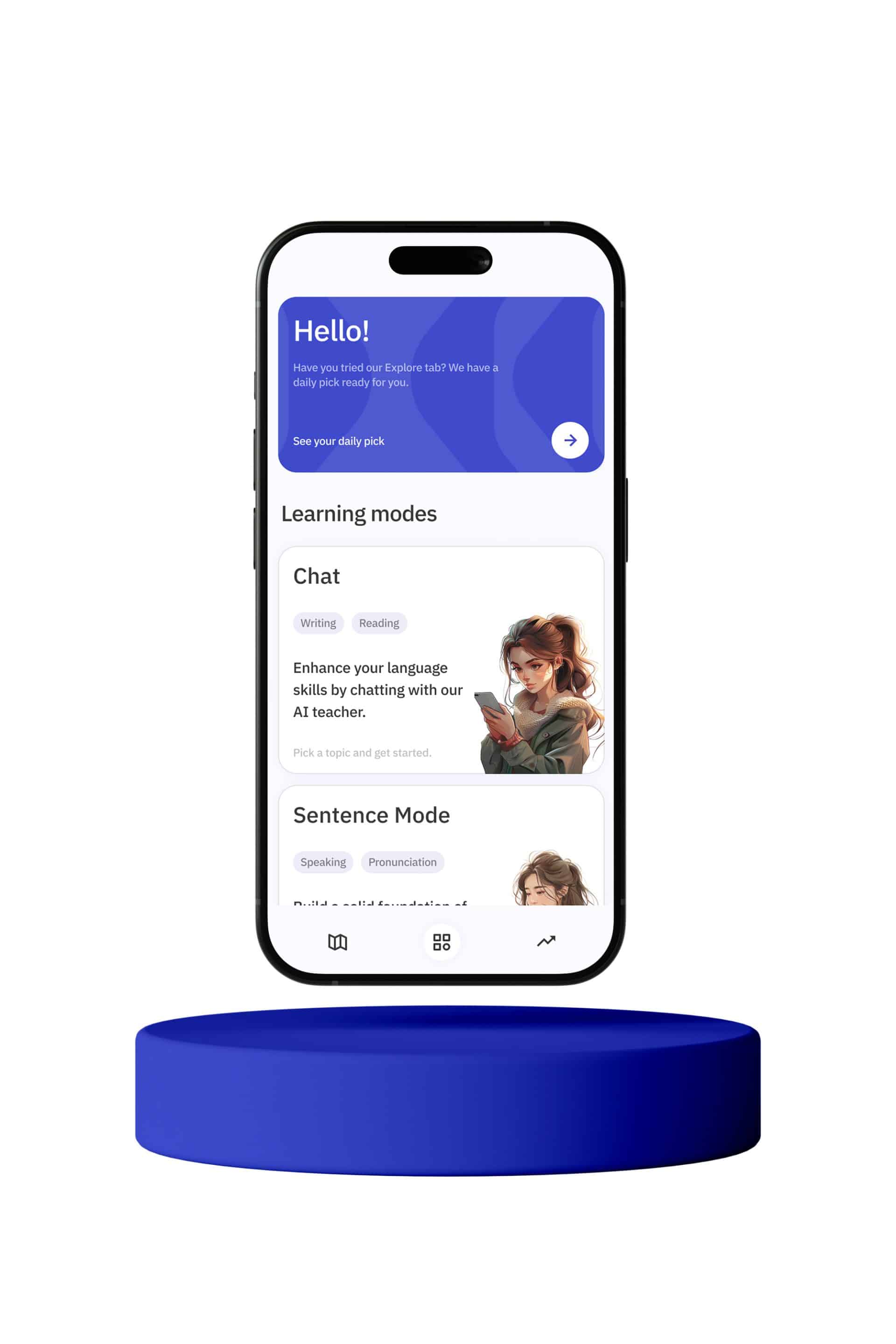Learning to distinguish between ir and venir can be one of the more challenging aspects of mastering Spanish. While both verbs are related to movement, they are used in different contexts and convey distinct nuances. In this article, we’ll explore the differences between ir and venir, providing examples and explanations to help you grasp their proper usage.
Ir and venir both translate to “to go” and “to come” respectively in English. However, their use is largely determined by the perspective of the speaker and the context of the conversation. Understanding these nuances is crucial for effective communication in Spanish.
Ir means “to go” and is used when the action involves moving away from the current location. For example, if you are at home and plan to leave for work, you would use ir. Here are some examples to illustrate:
– Voy al trabajo. (I am going to work.)
– Vamos al cine. (We are going to the cinema.)
– Ella va a la tienda. (She is going to the store.)
On the other hand, venir means “to come” and is used when the action involves moving towards the speaker’s current location. For example, if you are at home and someone is coming to visit you, you would use venir. Here are some examples to illustrate:
– Viene a mi casa. (He/She is coming to my house.)
– Venimos a la fiesta. (We are coming to the party.)
– Ellos vienen al parque. (They are coming to the park.)
A key factor in choosing between ir and venir is the perspective of the speaker and the listener. Let’s break this down further:
When to use ir:
– You are moving away from your current location.
– You are talking about someone moving away from the current location.
– The focus is on the destination rather than the origin.
Examples:
– Voy a la escuela. (I am going to school.)
– Mis amigos van a la playa. (My friends are going to the beach.)
– Vamos a viajar a España. (We are going to travel to Spain.)
When to use venir:
– You are moving towards your current location.
– You are talking about someone moving towards the speaker’s location.
– The focus is on the origin rather than the destination.
Examples:
– Ven a mi oficina. (Come to my office.)
– Mis padres vienen de visita. (My parents are coming to visit.)
– Vengo desde muy lejos. (I am coming from very far away.)
Let’s look at a few scenarios to illustrate the differences further:
Scenario 1: You are at home, and your friend is at their house. You plan to meet at a café.
– You would say to your friend: Voy al café. (I am going to the café.)
– Your friend would say to you: Vengo al café. (I am coming to the café.)
Scenario 2: You are at work, and your colleague is at a different location. You plan to meet at your office.
– You would say to your colleague: Ven a mi oficina. (Come to my office.)
– Your colleague would say: Voy a tu oficina. (I am going to your office.)
In both scenarios, the choice between ir and venir depends on the direction of movement relative to the speaker’s location.
It’s also important to note that in Spanish, the use of ir and venir can sometimes be influenced by cultural and regional differences. In some regions, the preference for one verb over the other may vary slightly, but the fundamental rules remain the same.
To further illustrate the differences, let’s examine a few more examples:
1. You are at a party, and you want to tell your friend to join you.
– Ven a la fiesta. (Come to the party.)
2. You are planning a trip to another city.
– Vamos a viajar a Barcelona. (We are going to travel to Barcelona.)
3. Your friend is coming to visit you from another city.
– Mi amigo viene de Madrid. (My friend is coming from Madrid.)
4. You need to go to the supermarket.
– Tengo que ir al supermercado. (I have to go to the supermarket.)
By practicing these examples and paying attention to the context, you can become more comfortable with using ir and venir correctly.
It’s also helpful to remember that in compound tenses, the use of ir and venir follows the same rules. For example:
– He ido a la tienda. (I have gone to the store.)
– Ha venido a la reunión. (He/She has come to the meeting.)
In summary, the key to mastering ir and venir lies in understanding the direction of movement relative to the speaker’s location. Use ir when moving away from the current location, and use venir when moving towards the speaker’s location. With practice and attention to context, you’ll be able to use these verbs accurately and confidently in your Spanish conversations.
Remember, language learning is a journey, and every step you take brings you closer to fluency. Keep practicing, stay curious, and enjoy the process of mastering Spanish!








